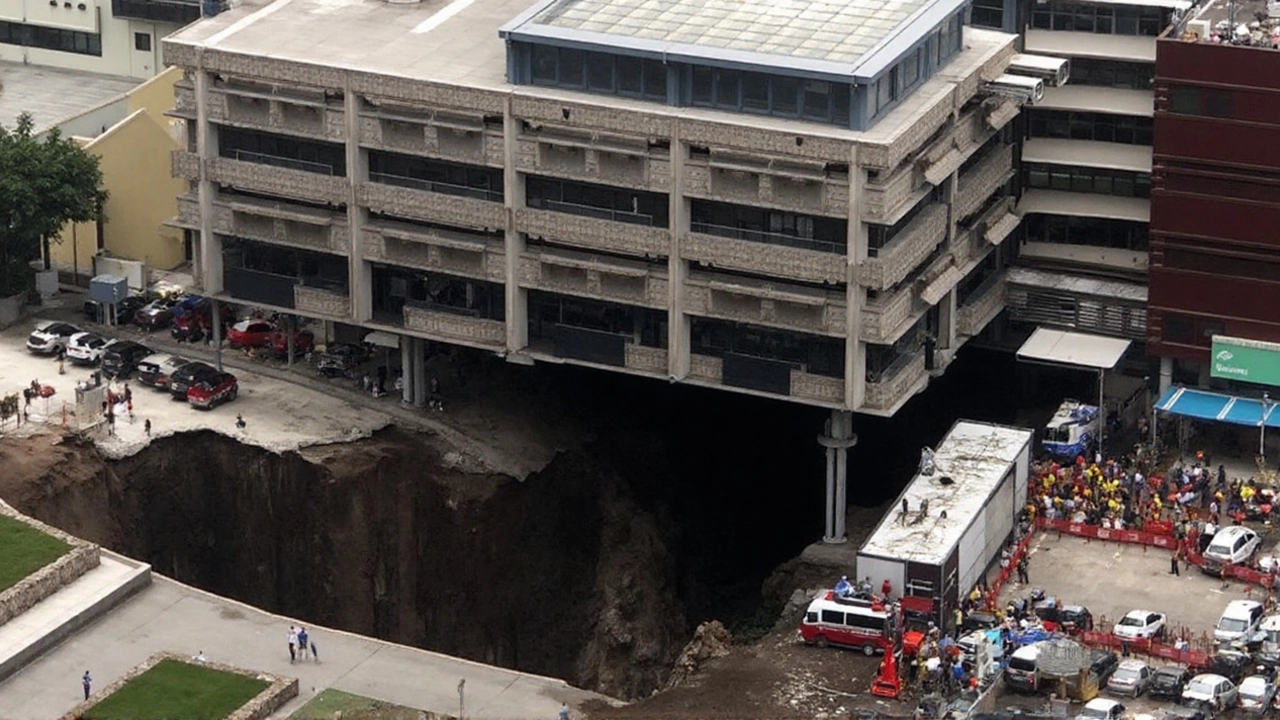Understanding Tunnel Collapse
When talking about tunnel collapse, the sudden failure of an underground passage due to structural, geological, or operational factors. Also known as underground tunnel failure, it poses immediate danger to users and can disrupt transport networks for months. Structural engineering, the discipline that designs and assesses the integrity of built structures plays a critical role because a tunnel’s strength depends on material choice, design standards, and construction quality. Risk assessment, the systematic process of identifying and evaluating potential hazards is required to predict where weaknesses might develop, especially in aging infrastructure. When a collapse occurs, Emergency response, the coordinated actions of rescue teams, medical services, and authorities becomes the decisive factor that saves lives and limits secondary damage. In short, tunnel collapse encompasses structural failures, requires thorough risk assessment, and is heavily influenced by emergency response capabilities. This interplay sets the stage for how engineers and planners can keep underground routes safe.
Key Factors Behind Tunnel Failures
One of the most common triggers is geotechnical investigation, the study of soil and rock conditions where a tunnel is built. Poor soil stability, unexpected groundwater pressure, or seismic activity can all undermine a tunnel’s support system. When the ground shifts, even a well‑designed structure can experience excessive stress, leading to cracks, deformations, and ultimately collapse. Another factor is inadequate maintenance; corrosion of reinforcement, water infiltration, and wear on linings gradually reduce load‑bearing capacity. Structural engineering solutions such as fiber‑reinforced linings or real‑time monitoring sensors can catch these issues early. Risk assessment tools—like probabilistic models and finite‑element simulations—help predict failure points before they become critical. Emergency response plans, including evacuation routes, rescue equipment, and trained personnel, are essential to minimize casualties when a collapse does happen. By linking geotechnical data, engineering upgrades, and proactive risk analysis, authorities can significantly lower the odds of a catastrophic tunnel failure.
Below you’ll find a curated set of articles that dive deeper into each of these areas. From detailed case studies of past tunnel incidents to the latest advances in structural monitoring and risk‑management software, the collection offers practical insights for engineers, city planners, and anyone concerned with underground safety. Whether you’re looking for guidelines on conducting a geotechnical survey, learning how emergency response teams coordinate during a collapse, or exploring new materials that improve tunnel resilience, these posts provide the knowledge you need to understand and prevent tunnel collapses.
- By Colton Westwood
- /
- 25 Sep 2025
Bangkok Sinkhole Cripples Hospital and Halts MRT Construction
A 50‑meter deep sinkhole opened outside Vajira Hospital in Bangkok on September 24, swallowing cars and utility poles. Officials traced the collapse to a faulty MRT tunnel joint, prompting evacuations, halted admissions, and power cuts. No injuries were reported, but nearby buildings remain unsafe. Authorities race to seal the hole before rain worsens the damage. The event reignites debate over rapid underground development in a crowded city.

